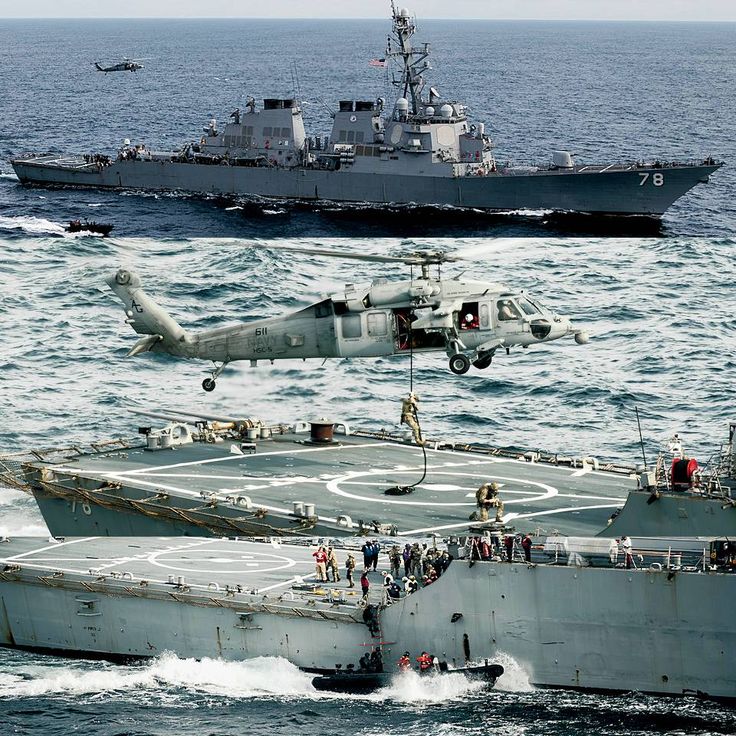
The Arleigh Burke-class guided-missile destroyer USS Porter (DDG-78) has played a vital role in maritime security operations across the globe. One of its most critical missions in the Atlantic Ocean has been conducting Visit, Board, Search, and Seizure (VBSS) operations. These missions are designed to counter piracy, smuggling, illegal trafficking, and other maritime threats that endanger international waters. Aboard the Porter, VBSS operations highlight the Navy’s adaptability, professionalism, and commitment to ensuring maritime stability.
VBSS is a specialized naval capability where trained teams board vessels suspected of illicit activities. This requires a mix of tactical skill, teamwork, and precision. On the USS Porter, sailors assigned to the VBSS team undergo rigorous training in close-quarters combat, boarding procedures, and non-compliant vessel tactics. They are equipped with small arms, body armor, communication gear, and non-lethal tools, ensuring they can respond to a wide variety of scenarios while maintaining safety standards.
In the Atlantic, VBSS operations are particularly important because the region serves as a critical artery for global trade. Smugglers, traffickers, and even potential terrorist groups have sought to exploit these waters. The Porter, as part of U.S. Sixth Fleet and NATO operations, frequently patrols the Atlantic to safeguard commercial shipping lanes. Conducting VBSS ensures that ships transiting the ocean comply with international maritime law, while also building confidence among allies and partners.
A typical VBSS mission aboard the USS Porter begins with intelligence gathering. Once a vessel of interest is identified, the destroyer maneuvers into position while the VBSS team prepares. Using rigid-hulled inflatable boats (RHIBs), the sailors approach the target ship quickly and tactically. Depending on the situation, they may board with the consent of the crew—known as a compliant boarding—or employ forceful tactics in what is termed a non-compliant or opposed boarding. Throughout the process, communication between the team, the Porter, and higher command remains constant, ensuring that each move is coordinated and lawful.
Life on board during VBSS operations is demanding. The team often operates under unpredictable weather and high seas, making boarding maneuvers physically exhausting and dangerous. Once aboard a vessel, sailors must quickly secure key areas, such as the bridge and engineering spaces, while conducting thorough inspections for contraband or illegal activity. Every action requires discipline, situational awareness, and teamwork. The professionalism of the USS Porter’s VBSS team reflects years of training and operational experience.
Beyond security enforcement, VBSS missions also serve a diplomatic purpose. By interacting with international crews and conducting inspections, the U.S. Navy builds trust with legitimate maritime operators while deterring criminal activity. In joint exercises with NATO allies, the Porter’s VBSS teams train alongside partner navies, enhancing interoperability and strengthening maritime coalitions in the Atlantic.
The USS Porter’s VBSS operations demonstrate the destroyer’s versatility as more than just a missile platform. While its advanced Aegis combat system provides high-end warfighting capabilities, its VBSS missions highlight the Navy’s ability to address non-traditional threats. In the Atlantic Ocean, where commercial and strategic interests converge, these operations are crucial in protecting freedom of the seas.
Ultimately, VBSS aboard the USS Porter is a testament to the adaptability and professionalism of the United States Navy. By safeguarding maritime commerce, deterring criminal activity, and strengthening partnerships, the destroyer and its crew play a critical role in ensuring that the Atlantic remains secure for all who rely on its waters.


